Fotodiox WonderPana Filter System Review
Dustin Abbott
October 23rd, 2015
Early this year I reviewed the new Tamron 15-30mm f/2.8 VC lens. I was very impressed by it and gave it an extremely favorable review. I had many requests to do a direct comparison of it with the Canon EF 16-35mm f/4L IS that I had reviewed last year upon its release, and so I arranged to have those lenses along with the older Canon EF 16-35mm f/2.8L II on hand for what I called the “Three Way Shootout”. I did a series of four different comparison articles where I tested pretty well every aspect of those lenses in a side by side direct comparison. While I did not give a consensus pick in those articles, I made the choice to add the Tamron to my personal kit because of its great image sharpness, wide aperture, wider focal length, and being the best of bunch for astraphotography. The biggest downside to the lens other than its size/weight was the fact that its design (bulbous front element) precluded the use of traditional filters. I had concluded my reviews with the stated hope that some aftermarket company would step into the gap and provide a solution for the use of filters. I’m happy to say that this has been the case. In fact, I am aware of no less than four different filter systems already on the market for the lens. And today I am thrilled to be using and reviewing just such a system from FotodioX Pro – the FotodioX Pro WonderPana FreeArc system.
I have previously reviewed adapters from FotodioX Pro for mounting lenses with different native mounts to my Canon systems. I was impressed with the more precise tooling of these adapters that produced better, more consistent results with some of my favorite vintage lenses from Zeiss and Takumar. My hope was that the same precision would carry over into the WonderPana system. Unboxing impressions were extremely positive. I didn’t see anything cheap looking anywhere. First of all, every single piece comes with its own protective case, and, while each of these is nicely padded, it is not wasteful in size. Furthermore, almost everything is produced in lightweight metals (aluminum). I also saw a few thoughtful touches, like extra tension screws for the square filter system (I know from experience that it is entirely possible to lose these!) and included microfiber cloths here and there. This looks like a system that is designed to last, and, while it isn’t cheap (none of these type systems are), everything feels like a premium product. It feels more Zeiss than nifty fifty! If you prefer to watch my review, here it is:
This is far from my first experience with square filters. I have used some of the Cokin square filter systems for earlier lenses, and my previous wide angle lens choice – the Samyang/Rokinon 14mm f/2.8 – also had a bulbous front element that required the use of square filters. I had invested in Samyang’s filter holder for that lens along with some of the key filters. The ability to use filters with wide angle lenses produces some incredibly dynamic results. I’m not going to try to pretend for a moment that I wouldn’t prefer to have traditional threaded filters on all my lenses, but the reality is that some lenses by the nature of their design don’t. That being said, there are a few intrinsic advantages to square filters.
Before proceeding let me share a quick thought about the nature of square filters contrasted with traditional, round, screw-in filters. We’ll look at this as a quick pro/con list.
Pros:
- Ability to properly use ND Grad (graduated) filters. Only with square filters can you properly align the graduated area with the horizon and “hold back” a portion of the image to balance the highlights (the sky, typically) and produce an image that is properly exposed for all areas. This is one of the most important tools in a landscape photographer’s arsenal.
- Square filters typically eliminate the risk of introducing any additional vignetting (particularly when stacking filters), which isn’t always the case for round filters that are screwed right onto the end of the lens.
- It is easier to properly stack square filters and position each of them to maximum benefit.
Cons:
- Square filters are much larger.
- Filter systems are larger and clunkier and require much more foresight to plan to bring them along and to pack appropriately.
- Square filters/systems are more expensive.
- One often loses the use of a circular polarizer, which is another of the most valuable tools for landscape photographers.
I would have preferred the Tamron to accept traditional screw-on filters, but the lens is so good otherwise that I purchased it despite that limitation. But it is not alone in that limitation, and for that reason FotodioX Pro makes an aftermarket system for it along with the:
- Canon 14mm f/2.8 II
- Canon 17mm TS-E
- Canon 8-15mm f/4L
- Nikon 14-24mm f/2.8
- Nikon 14mm f/2.8
- Olympus and Panasonic 7-14mm f/4
- Sigma 12-24mm
- Sigma 14mm
- Sigma 8-16mm
- Tokina 10-17mm
- Tokina 16-28mm
- Samyang/Rokinon 14mm f/2.8
This is essentially almost all the wide angle lenses with bulbous front elements. While I am reviewing the Tamron 15-30 VC version of this system, my observations will be true of it for most all of these lenses.
The genius of the WonderPana system lies in the fact that is actually a two-tier system that addresses at least some of the shortcomings of traditional square filter system. It does this by providing an adapter with threads for the use of circular screw in filters (howbeit in a very large 145mm size) along with the ability to add on the square filter holder which uses Fotodiox’s 6.6 x 8.5” square filters. The “modular” nature of the system means that you can elect to leave some pieces behind or not invest in them at all. If you don’t need or want the the square filters, you are in luck here. What’s great about this system is that it introduces choices for photographers that own these lenses (nice, since these lenses tend to limit our options). You can elect to only use the “Core” system (for circular filters) or choose to add the WP66 square filter system. With the core system you can now use some key traditional screw in filters like circular polarizers, UV, and various strength ND filters.
The WP66 system is easy to add to the Core circular mount. There are two metal “wings” that can be added on either side of the circular (Core) system by the means of the 3 thumbscrews on each side. It can be added in a couple of minutes and has a very nice padded case with custom fitted foam for the “wings” inside. The “Free-Arc” in the title refers to the fact that this square filter stage can freely rotate 360 degrees, allowing you to position filters in the appropriate place. The square filter holder opens up a number of ND Grad filters that can be essential to achieving balanced exposures in camera and retaining highlight or shadow information.
I really like the “modular” nature of this system as it can be packed along in a relatively small amount of space (like the top section of my LowePro 200 AW backpack). I also really like that every piece has its own protective pouch, and the whole system can be quickly assembled in the field (though I recommend, if possible, to attach the “wings” for the WP66 square filter holder in a place where you don’t have to fear losing thumbscrews if you drop them!)
If you haven’t watched the video I would encourage you to at least view the middle section where I show HOW the filter system works and how to properly attach it to the lens.
When FotodioX asked me what filters I preferred to receive with the review kit, I didn’t even have to think. An ND grad filter (something like 2-3 stops on the ND [dark] end) and a heavy ND filter (6-10 stops). The first allows me to balance the exposure by essentially putting sunglasses over the bright portion of the image (typically the sky) while the second allows me to shoot long exposures in a variety of conditions. Long exposures can really transform the nature of an image from something “ho-hum” into something spectacular.
Here’s an example of a scene with the bare lens:
Notice that I’ve had to underexposure the shadows to not completely blow out the sky, but even there some of the nuance has been lost. Now using an ND .6 graduated filter:
You’ll note that now the balance between the foreground and the sky is a little better, and we’ve also discovered more detail in the sky. But things really get interesting when we use the ND grad stacked over the 10 stop ND1000 Fotodiox Pro filter:
The slight cool cast can be seen here, but you can also see a huge difference in the balance of the sky and foreground. The long exposure has also introduced some impressive movement into the sky that adds a lot of visual interest. For me, personally, this is by far the most visually compelling take on the scene.
Add to this that the detail remains excellent, as this crop shows:
Clearly this gives you a lot of control over how you want to capture the scene. The ability to use a long exposure can completely transform the appearance of a scene (typically for the better). It is also one of the most effective means of “clearing” a busy scene at popular locations. I used a long exposure to clear Canada’s Parliament building/Peace Tower of tourists and allow the architecture to dominate the scene. I didn’t shoot this with the WonderPana (haven’t had the chance yet), but this is a great application for the 10 stop ND filter.
I was limited by my equipment and the setting for this shot to only a 6 second exposure, but this will give you an idea of how easy it is to clear tourists out of a scene by using a long exposure.
I have been very happy with the operation of this system in the field. I like the ease of adjusting everything to suit my purposes, and I’m also happy that the thumbscrews for the square filter system don’t directly tighten on the filters themselves; they instead tighten a section that runs along the length of the filter and applies even and consistent pressure. This will help the longevity of the filters. By the way, if you are using a circular filter, that will occupy one of the two slots for square filters, leaving room for one square filter to the front. If you aren’t using a circular filter, however, you can use two different square filters in conjunction with each other and you will have full ability to position them appropriate to your scene (one for the sky and one for the foreground, for example). The WonderPana is easy to rotate when you switch from horizontal to vertical shooting. All in all I find little to complain about in the operation of the system itself. Everything seems well (accurately) tooled and fits together the way that it should.
The Filters (Square)
We’ll start by looking at the ND Grad filter. There will be occasions when just using an ND grad filter by itself is all the difference that is needed:
The ND grad filter is large, heavy, and well made. It is glass, not resin or plexiglass and is fairly thick (4mm). Here’s what Fotodiox says about it: “Fotodiox Pro 6.6×8.5″ filters are the strongest in the industry at 4mm thick. Fotodiox 6.6×8.5″ filters are practically unbreakable and are guaranteed spectrally neutral to within + or – 3 in the a and b channels of the lab color space. Fotodiox Pro filters are also guaranteed to be within + or – 2 in regards to total light transmission. Fotodiox currently offers 6.6×8.5” in 4 Graduated Neutral Density (ND) filters: .6 Soft Edge, .6 Hard Edge, .9 Soft Edge and .9 Hard Edge. This filter is made by Fotodiox Pro specifically for the WonderPana 66 Systems.” Having spent some time using the filter now, I can attest to the fact that the filter itself lives up to the marketing hype. My biggest concern going in was that sometimes layering filters can introduce color casts not evident with one layer of filter, but that has not been the case here. The filter is nicely neutral (there is an almost undetectable magenta cast) and feels incredibly sturdy. That hasn’t always been my experience, and I’ve experienced some strong color casts with other systems (cheaper!) when the filters were stacked. Here’s an example of a bad magenta cast I experienced with one such system (not Fotodiox!):
Yuck! Perhaps this will give you a fresh appreciation for the minimal amount of color cast with the Fotodiox filter. It is worth noting that the filter comes with a two year warranty. The ND Grad filters fall about the middle of the pack in price ($150), but are premium products in build. Getting these filters in a bundle with the filter system is certainly the cheapest approach.
The Filters (Circular)
The ND1000 (3.0 Density) filter that I tested is made by Fotodiox Pro (ND1000) and is very nicely made. By design the filters are extremely large (145mm) to eliminate the potential for vignette with the very wide angle perspective provided by most of these lenses. The filter ring is made out of an anodized aluminum and has a slim 3mm diameter. The filter itself is made from “multi-coated optical grade organic glass” that minimizes flare and surface reflections.
There are two major considerations with any “heavy” ND filter – vignette and color cast. With a 10 stop ND filter like this, there is essentially always a certain amount of vignette that occurs (I’ve never seen otherwise), and this filter is not different. That being said, I don’t find the vignette particularly heavy (and certain amount of this is caused by the lens itself). As you can see here, it is one that is fairly easily removed in post.
I have also yet to see a heavy ND filter that didn’t introduce some kind of color cast, but the Fotodiox filter is one of the most light offenders that I have ever seen. It does introduce somewhat of a cool/blue cast to images, although it is very easy to change color balance in post and eliminate that. I’ve previously seen more magenta casts introduced by a variety of other filters, and I found that much harder to eliminate. In many cases, in fact, I have found that I actually like the cool tones from the filter as it frequently “suits” the long exposure look.
Finally, if you are concerned with the color cast, it literally only takes one click in Adobe Lightroom to correct it:
While I have identified these as “issues”, I actually consider these to be areas of strength when compared with other filters/systems that I have used. Add to this that I find that the clarity of the glass is very good and I don’t find resolution negatively impacted. It’s fantastic to see great resolution even when I zoom into a pixel level. You not only get the great “look” of long exposure images, but you don’t have to compromise the details to get that.
One other benefit of shooting long exposures is that there is great depth to both color information (colors look deeper and richer) and dynamic range. Typically a blown out sky is almost impossible to recover, but this is an image that I both brought down the exposure two full stops and pulled the highlight information to -100 in Lightroom – the end result is still surprisingly good:
The highlight information is much better retained than if I had not shot a long exposure here. Likewise, here is the same scene from an underexposed image that I recovered in Lightroom:
I bring this up to say that I find images taken with the combination have a very large latitude for processing. I really enjoy what can be accomplished through post work and the visually arresting results are always well received wherever I share them. An ND 1000 filter like this is invaluable, and I’m thrilled to have one available for the system.
The cost of the filter is not cheap. It currently retails at right around $250. There are a couple of ways of looking at that price. When compared to a smaller (say 82mm) filter at a Hoya mid-level price, the filter seems expensive. When compared to other large filters of this size, it is reasonable. When compared to higher end brand filters (Singh Ray, Formatt Hitech, LEE) the price is inexpensive. When considered as a whole, I would characterize the price as reasonable, as I do find the quality of the filter to be very good.
While I did not have a circular polarizer for my review, it is another filter that I would consider adding to my kit. Circular polarizers are often used to deepen the blue of the sky, but you do have to be careful at wide angle focal lengths because the polarizing effect can be inconsistent in the sky (some areas might be darker than others). Circular polarizers are always valuable for a number of other reasons, however, including creating richer colors, minimizing or eliminating reflections, and cutting haze. There are two different grades of circular polarizers available for the WonderPana system, including one at a reasonable $120 and a higher end multi-coated versions that retails for $200.
The filters for the system are very nice, and I’m happy with the results they help me produce.
Conclusions
If I were to offer any potential concerns, it is only that you will want to have a good, stable tripod for shooting long exposures with this lens/filter system combination. The Tamron is a heavy lens, and if you add the WonderPana system with several filters on the end, you’ve added even more weight. That is a fair amount of weight far away from the tripod mount, and I have found that I’ve encountered a little slippage at times with one of my tripods. That can ruin a good image, so it is something to look out for.
I’ve noted that the system is not inexpensive, but one very nice aspect of it is that not all of them system is lens specific; it will be easy to transfer much of this equipment to another/different lens in the future. For the moment, however, this is my choice for a wide angle lens and I feel the WonderPana system has really unleashed my creativity with the lens. There are just so many options for producing stunning images with this kind of combination.
In conclusion, if you have invested in the Tamron SP 15-30mm f/2.8 VC lens and want to take it to another level, I strongly suggest you take a look at the WonderPana system. It is a well thought out filter system with a lot of little extras that show that there are some real photographers connected with the design. I appreciate thoughtful touches like extra thumbscrews, microfiber cleaning cloths, and nice protective cases for all of the pieces. I’m satisfied with the minimal amount of color cast and vignette introduced with the system, and I feel that I’m not wasting a lot of time in post trying to correct for errors introduced by the filters. Everything feels well-made and durable, leaving me with a feeling that while this isn’t a small investment, it is a quality one. The Tamron 15-30 VC and the WonderPana filter system from Fotodiox are a dynamic combination and one that I hope to keep using for the foreseeable future (keep an eye on this Google+ gallery or the one at Flickr for ongoing images moving ahead!)
Gear Used:
Canon EOS 6D DSLR Camera (Body Only)
Tamron SP 15-30mm f/2.8 Di VC USD Lens (Canon EF)
Adobe Lightroom CC Software for Mac and Windows (Boxed Version)
Adobe Photoshop Creative Cloud 1-Year Subscription
Alien Skin Exposure 7 (Use Code “dustinabbott” to get 10% anything and everything)
Purchasing your gear through B&H and these links helps fund this website and keeps the articles coming. Thank you for your support.
Great News! I can now offer a 5% discount on all purchases at Amplis Foto, Canada’s Leading Photographic Supplier. Please enter discount code: AMPLIS52014 in your cart. It is good for everything in your cart, and is stackable with other coupons, too! It will take 5% off your entire order! Proceeds go towards keeping this site going and providing you with new reviews!
DISCLAIMER: This article and description contains affiliate links, which means that if you click on one of the product links, I’ll receive a small commission. As an Amazon Associate I earn from qualifying purchases.










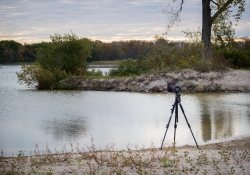
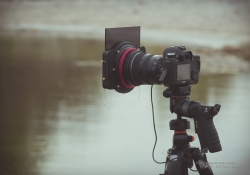
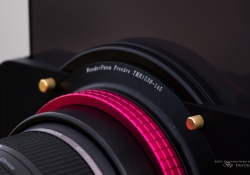
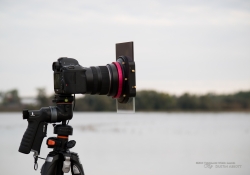
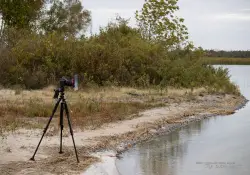
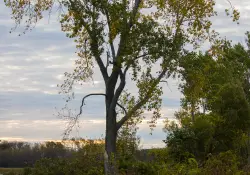
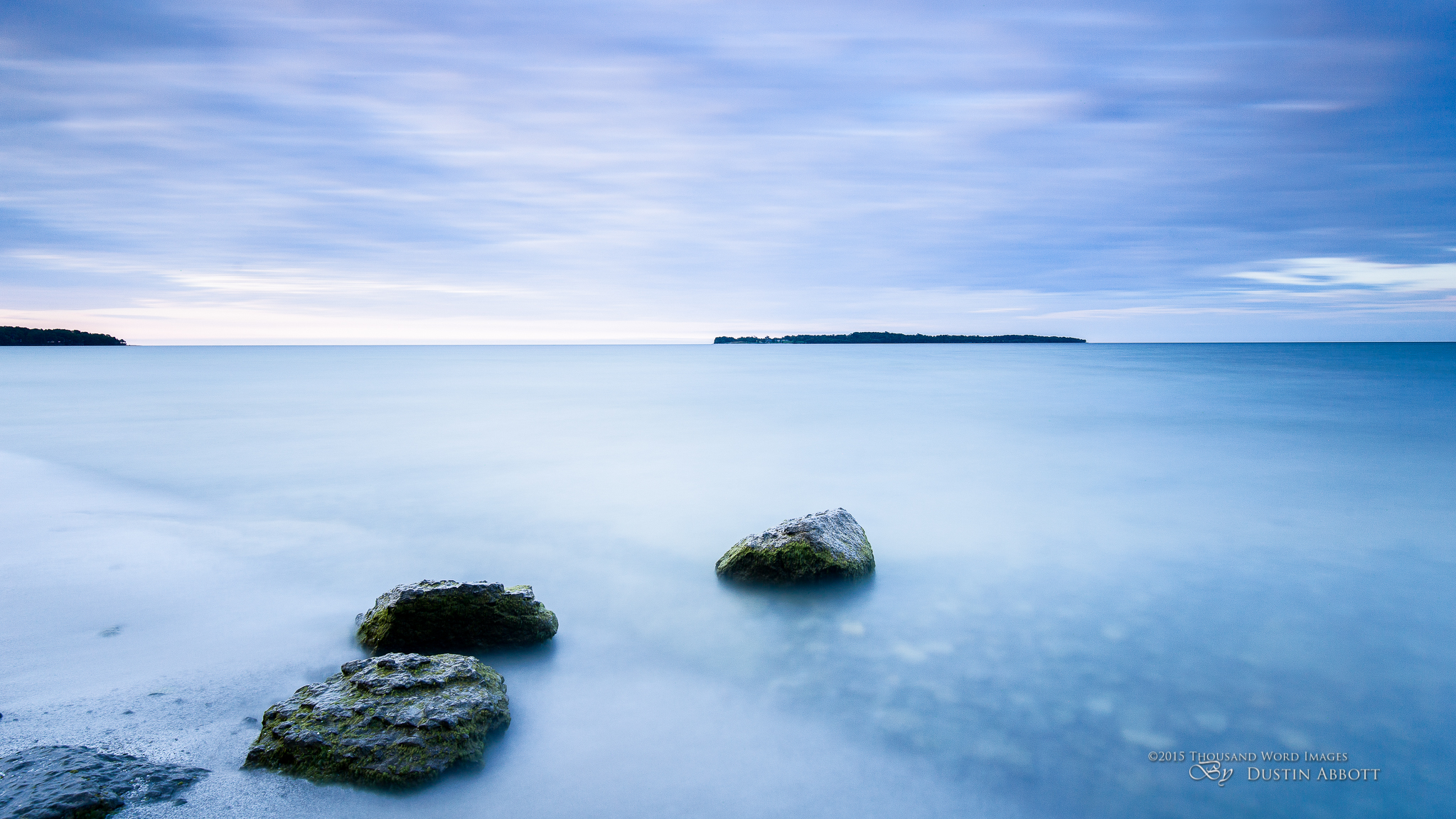
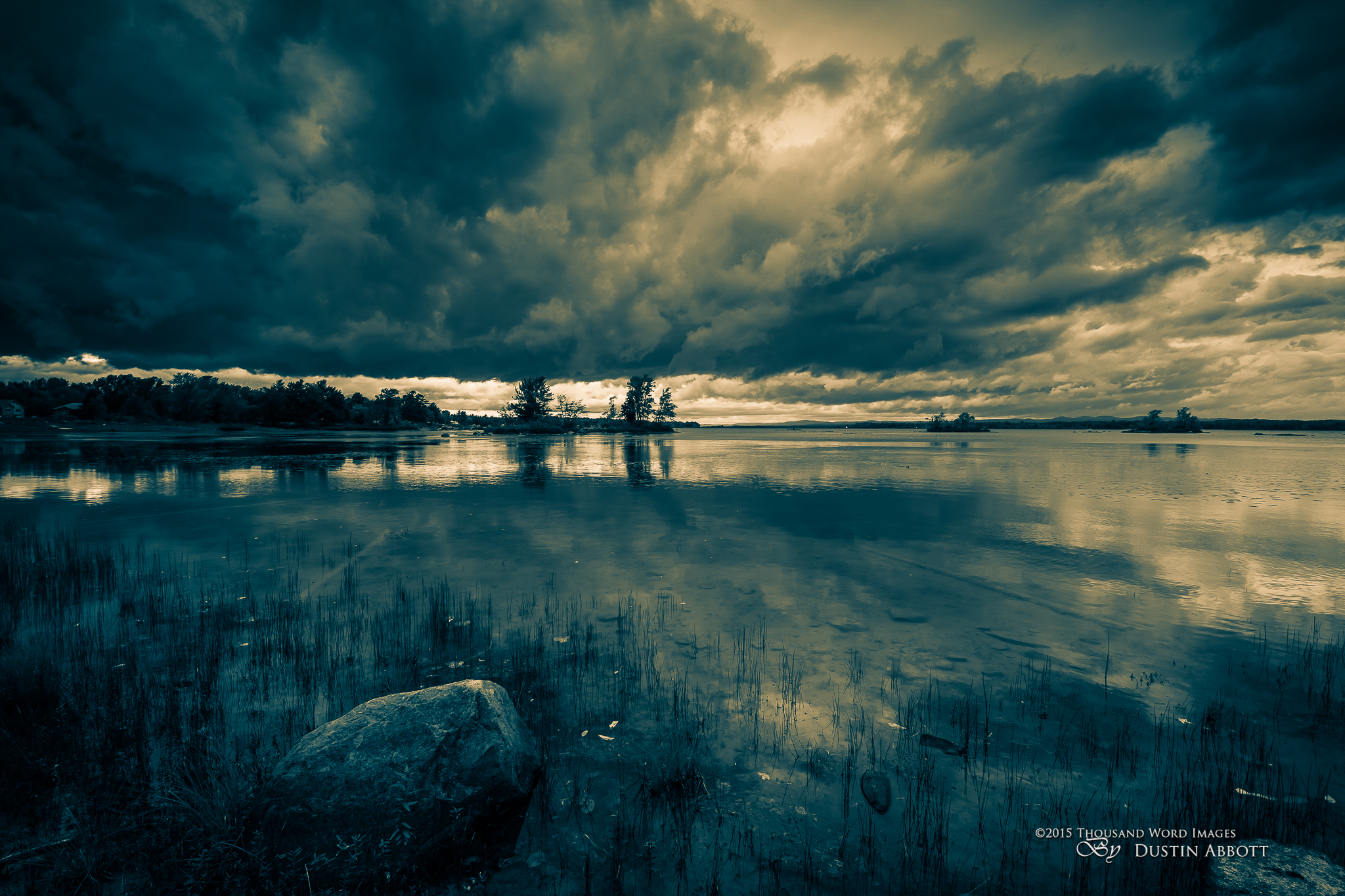

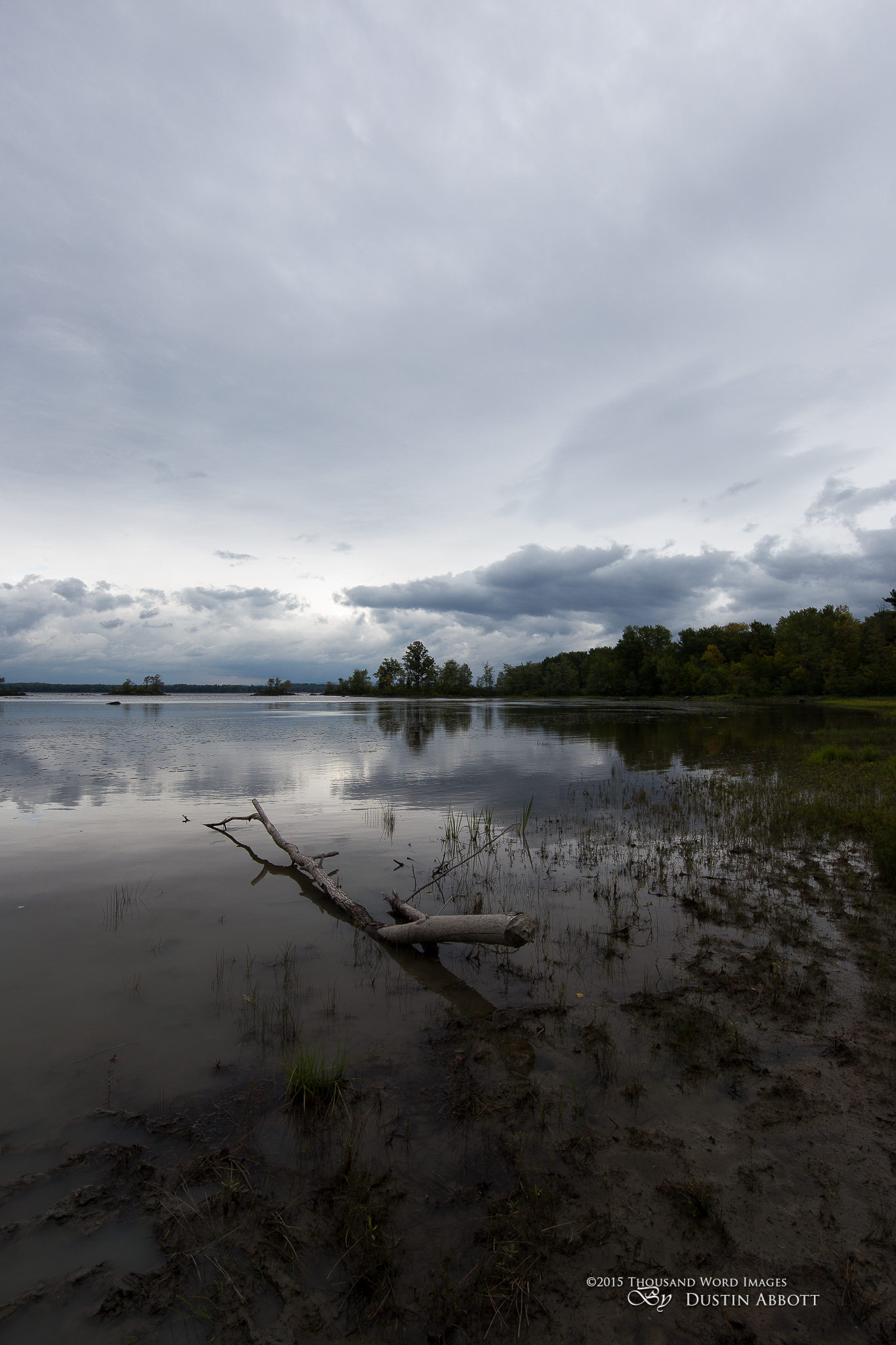
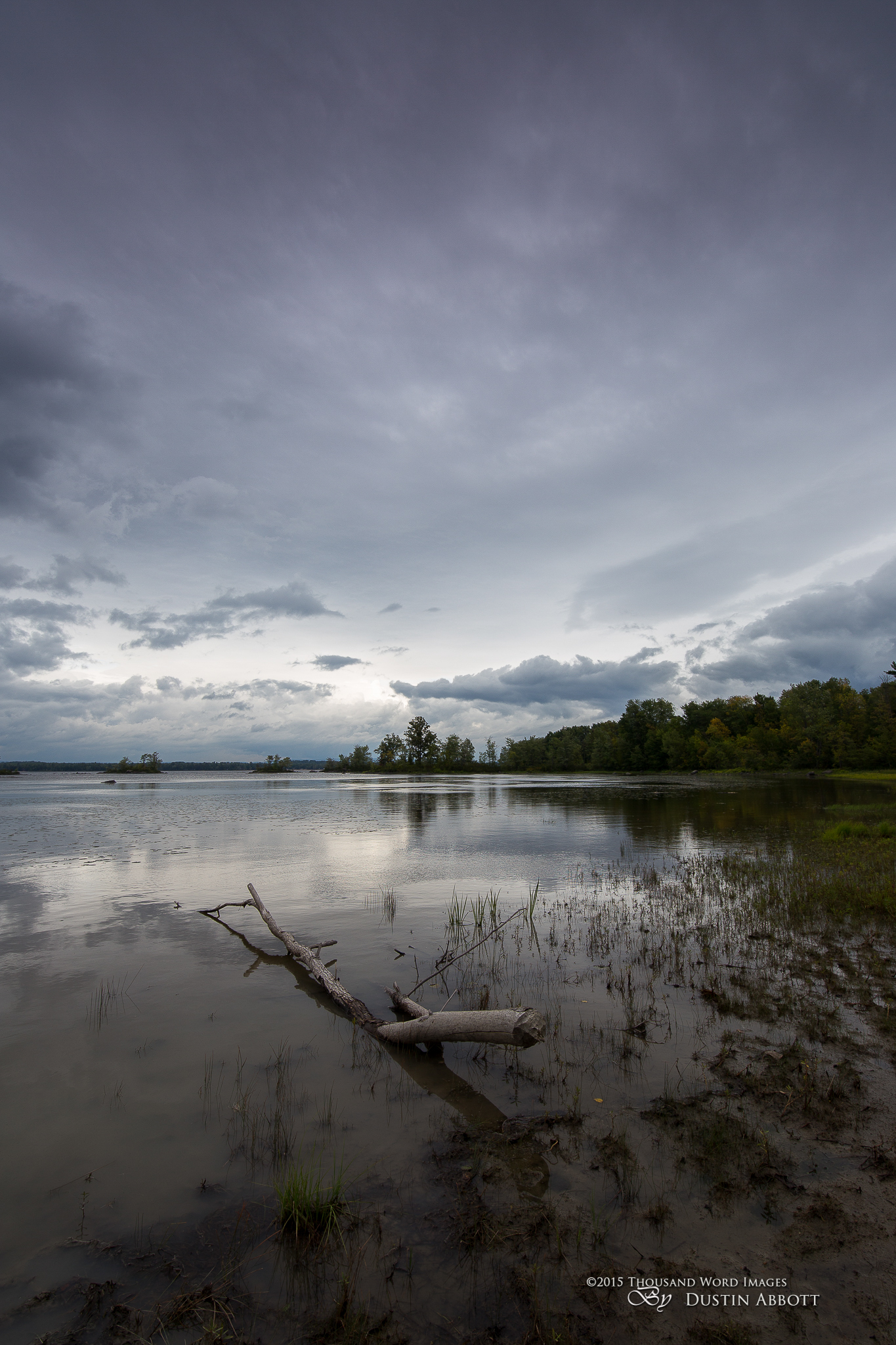
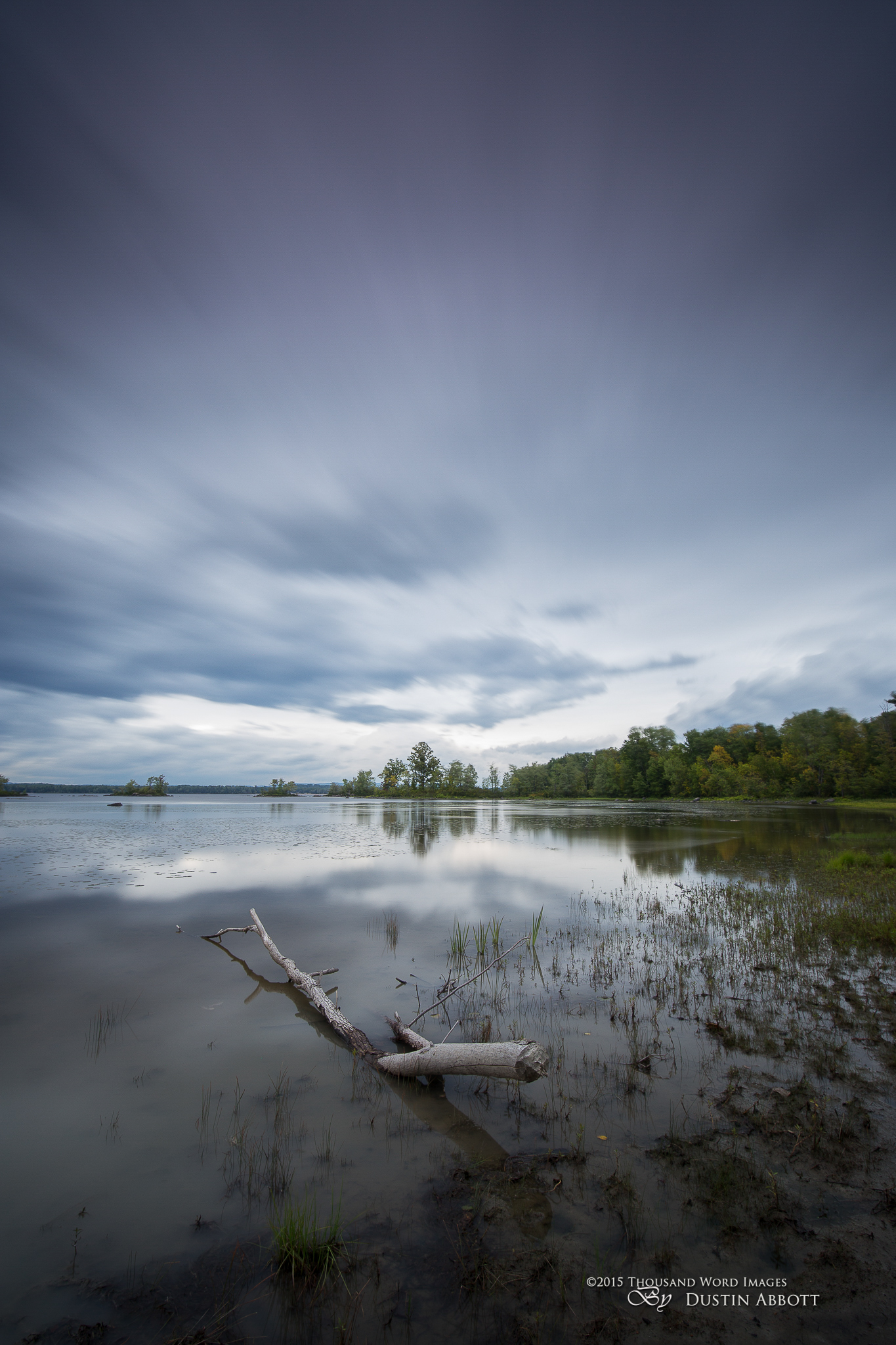
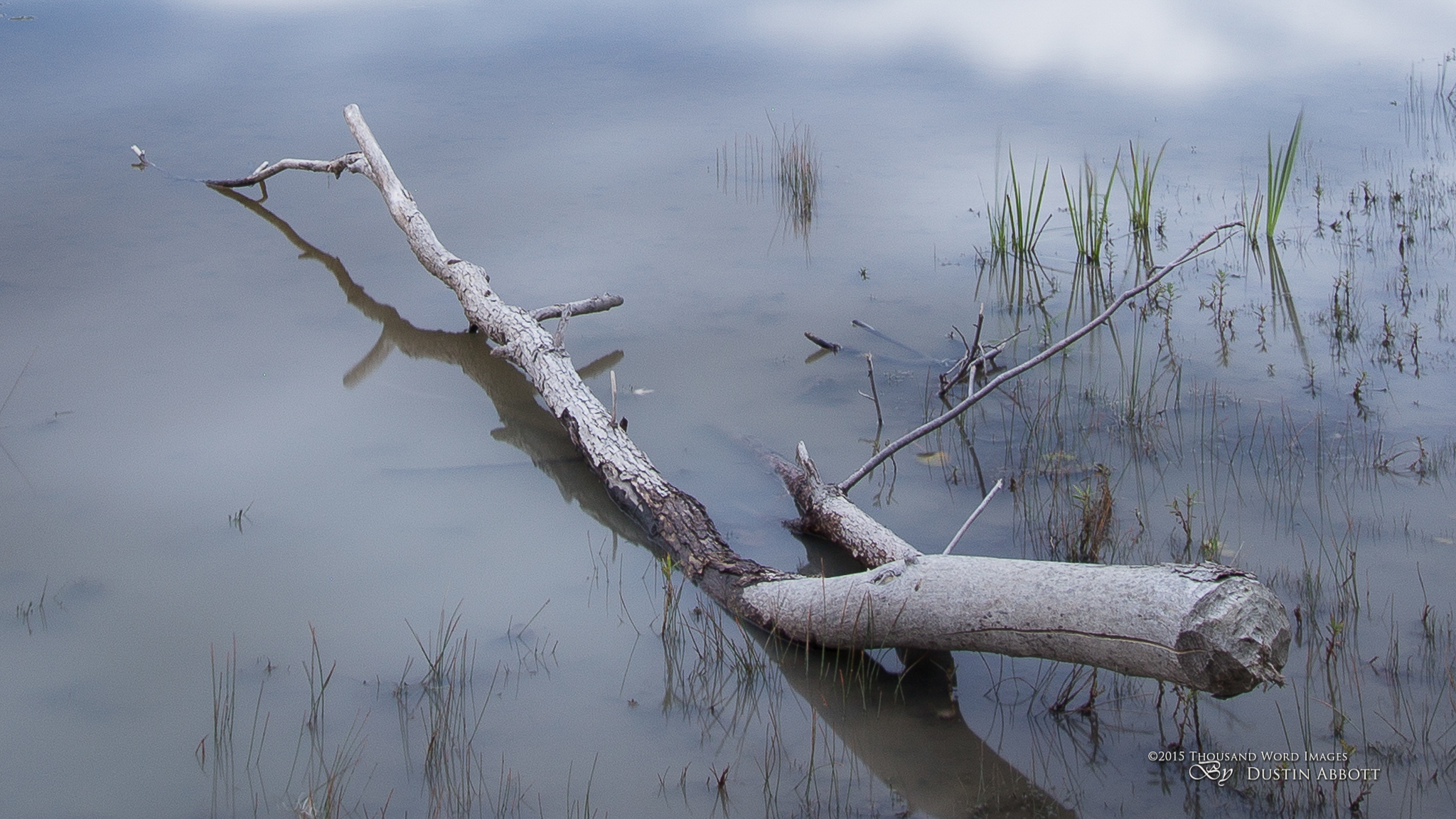

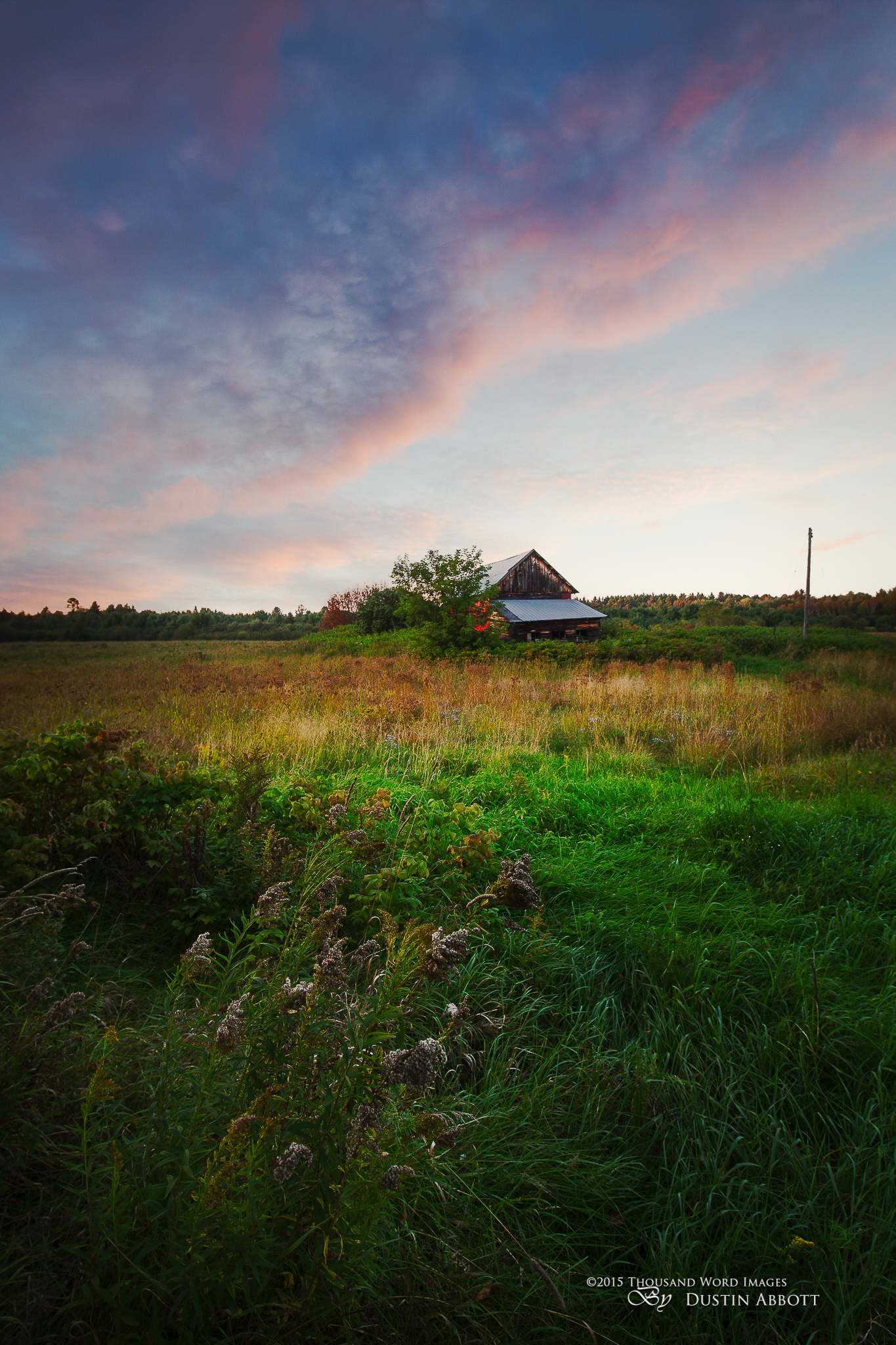
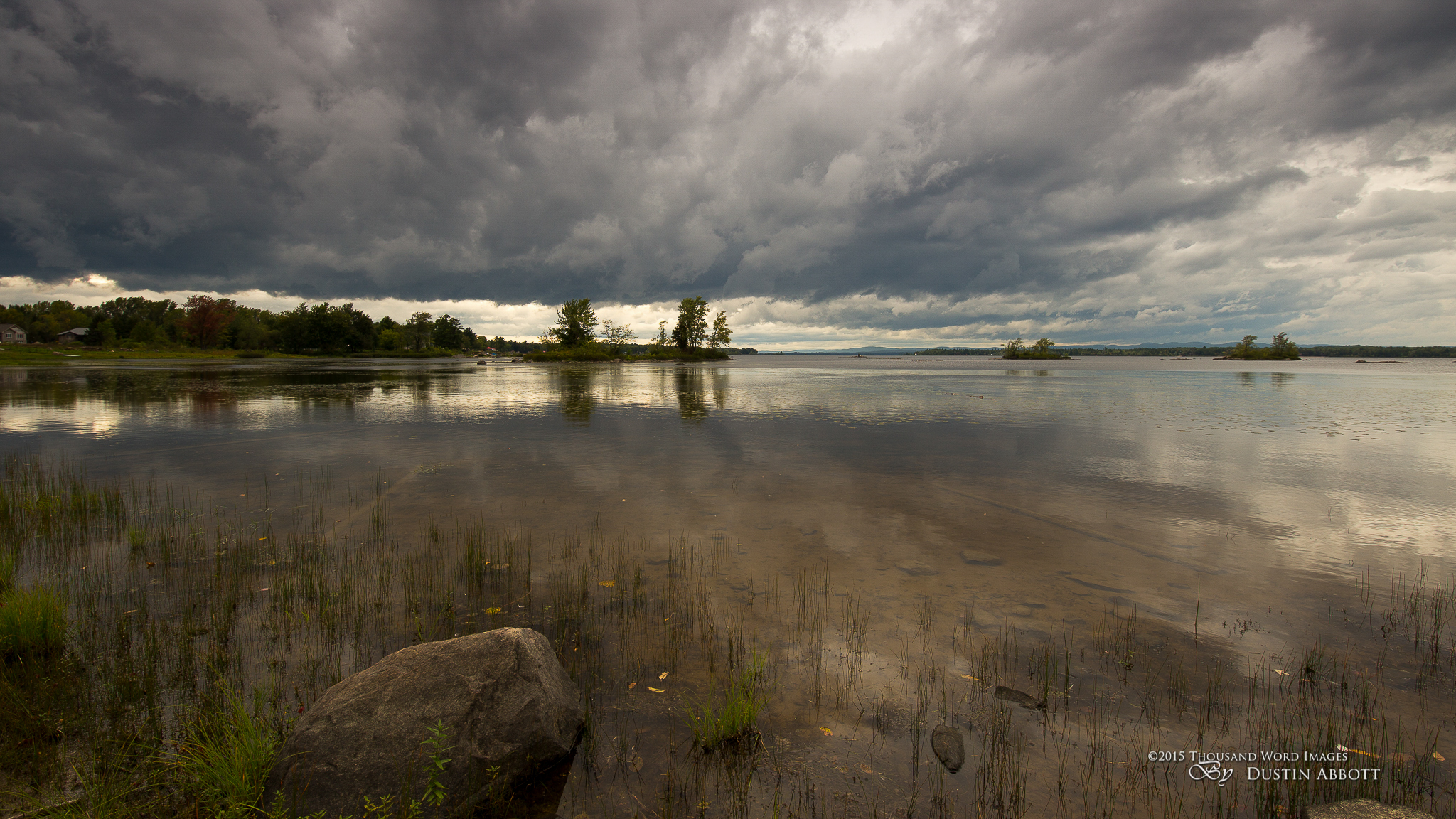
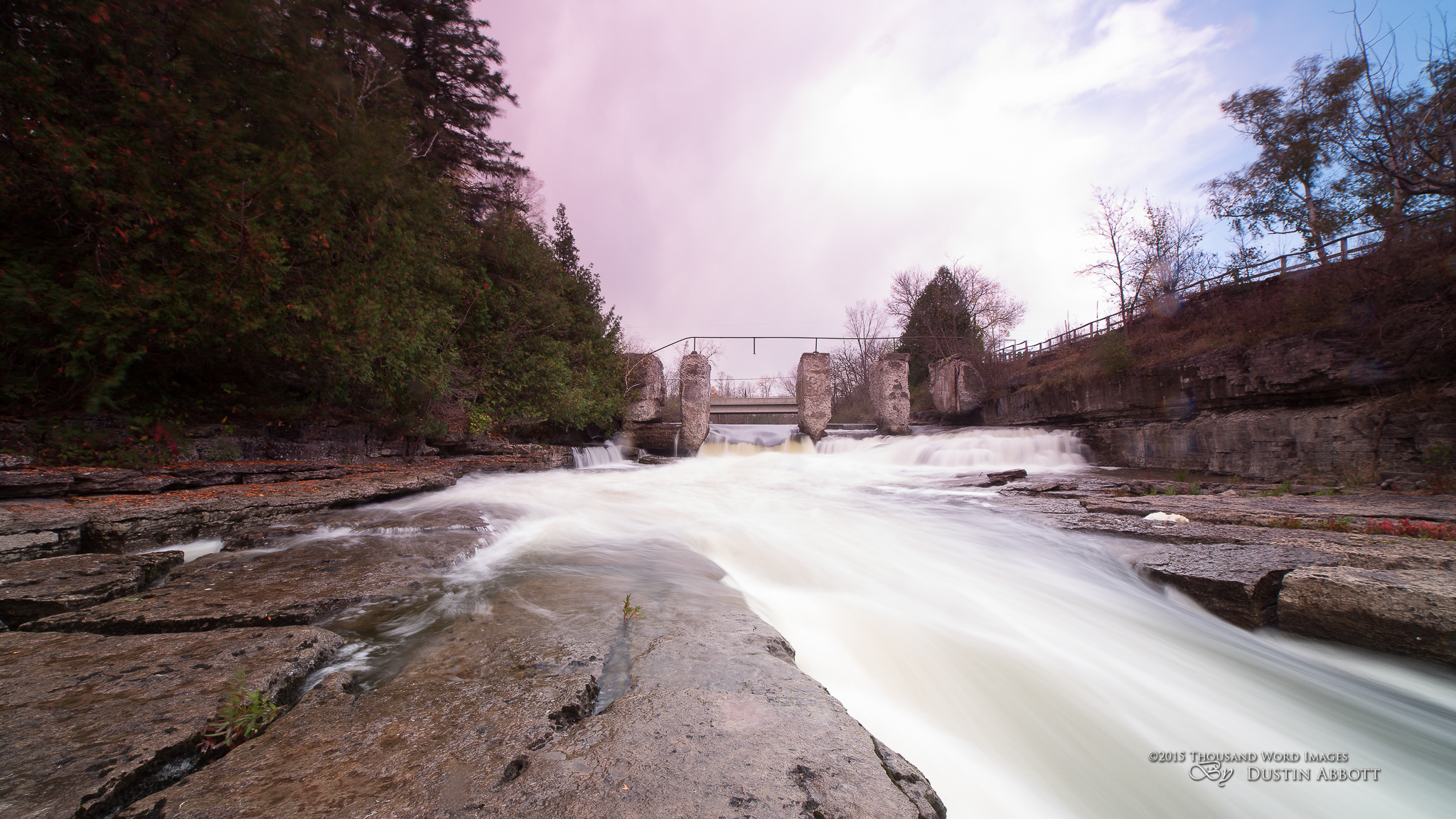



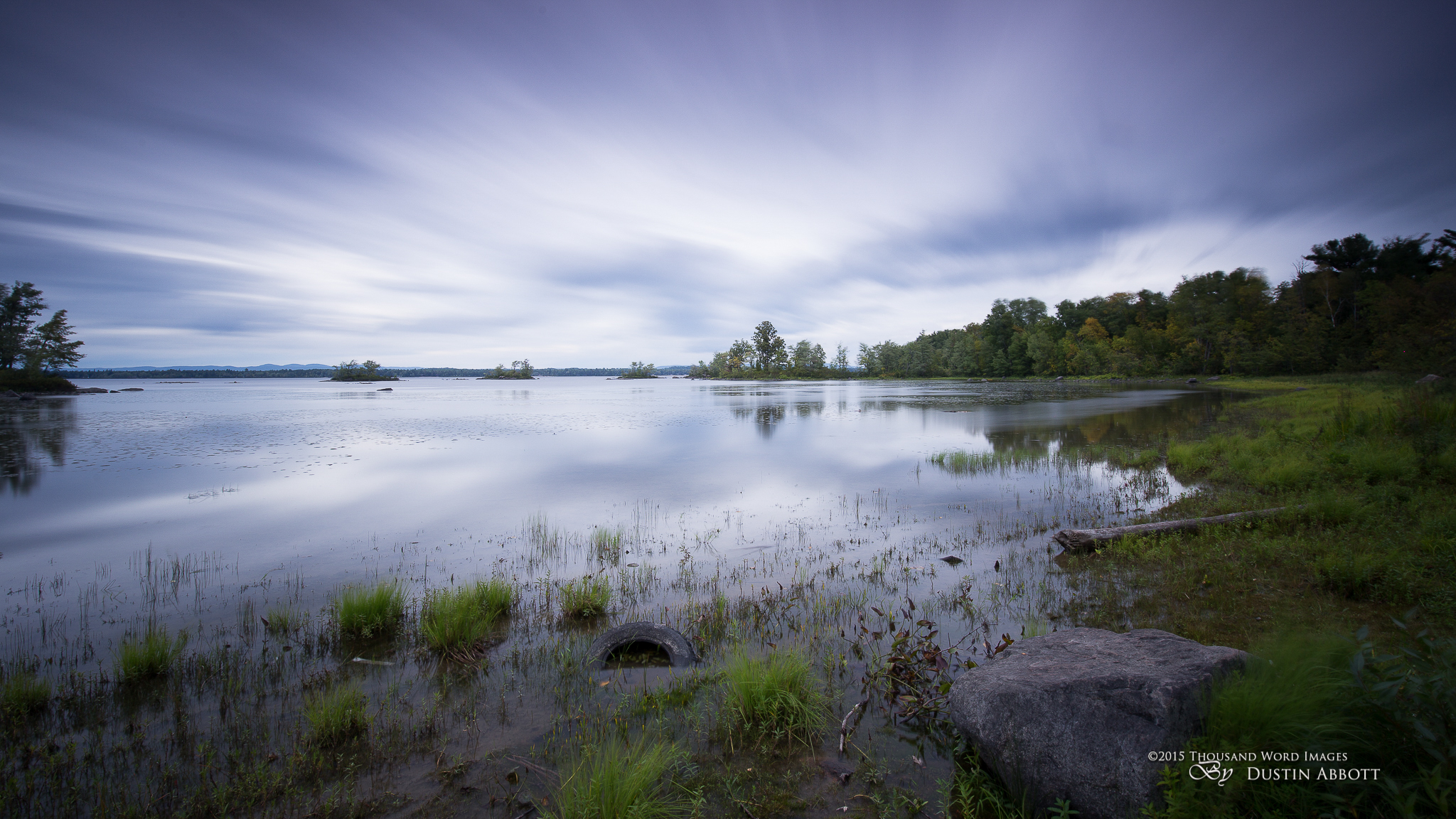

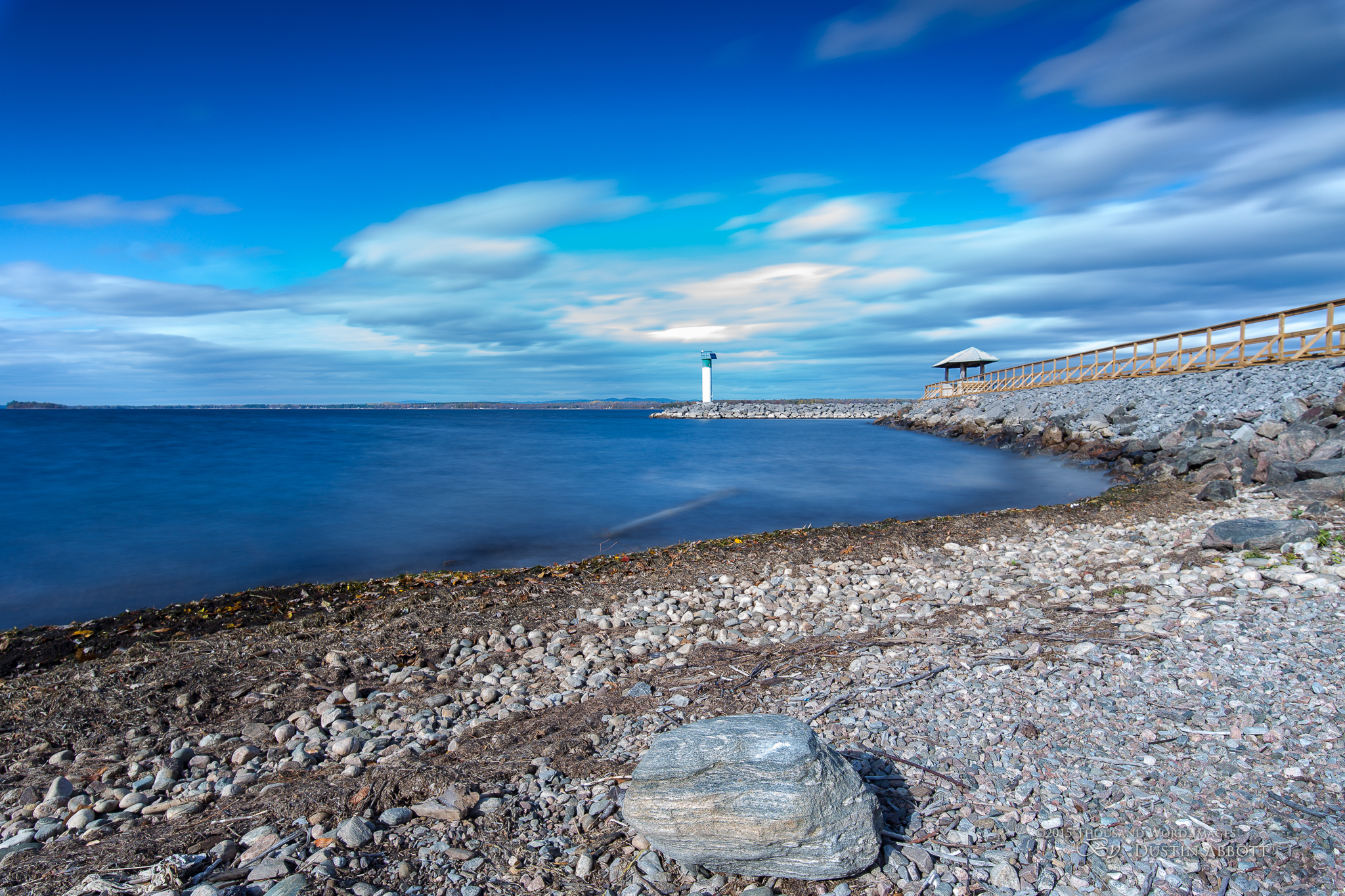
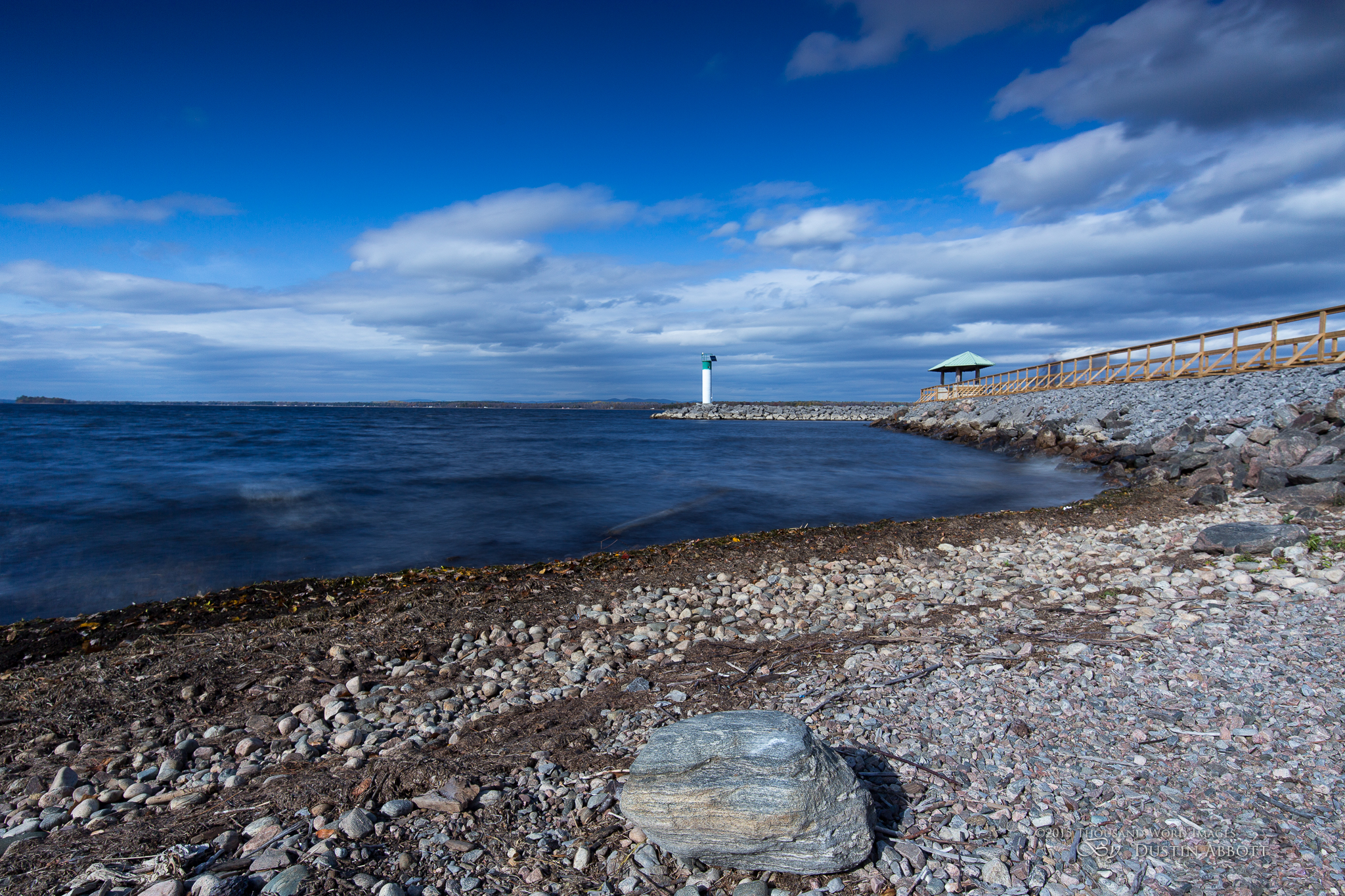
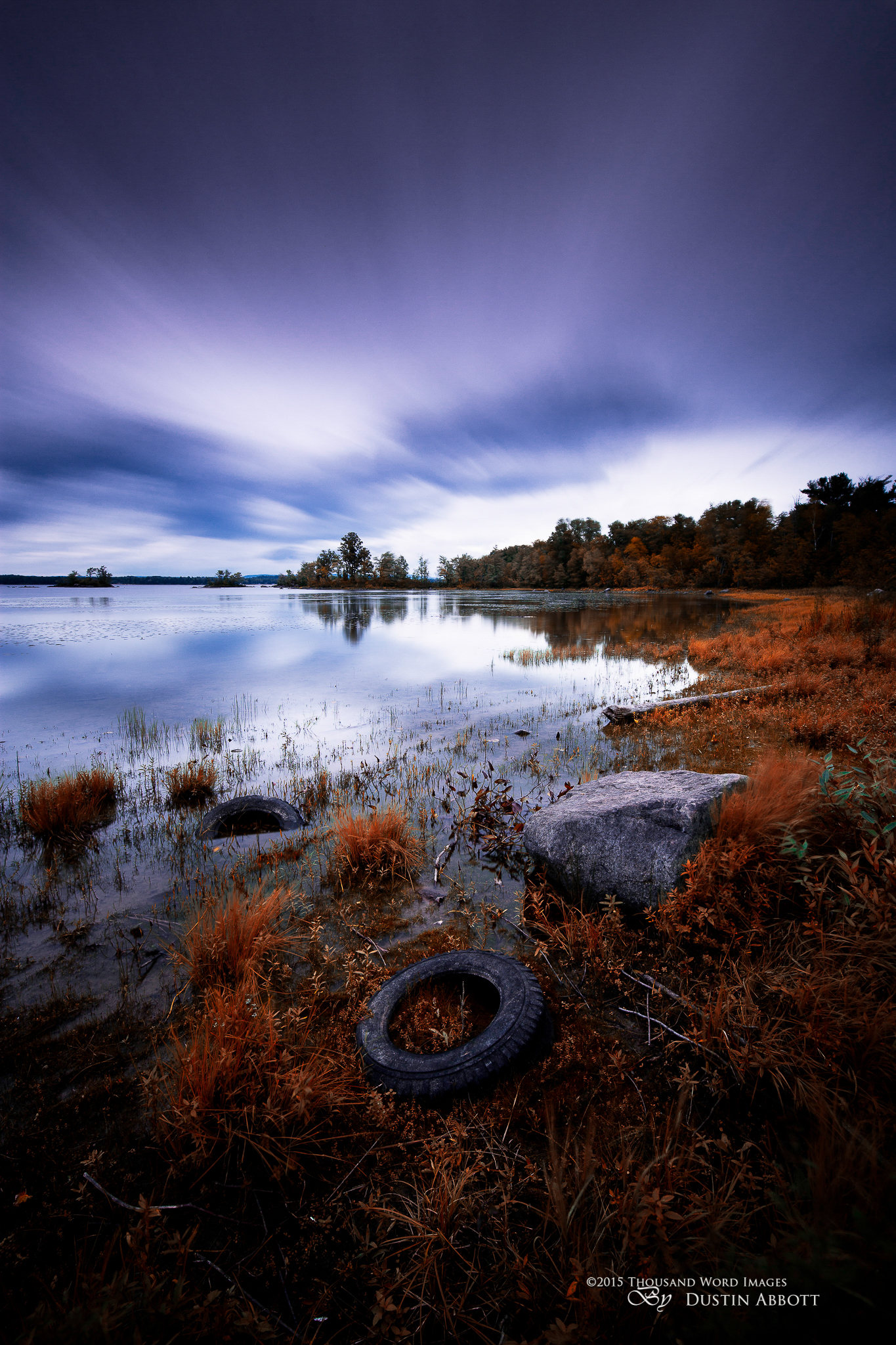
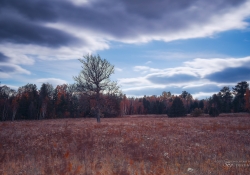
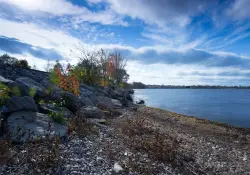
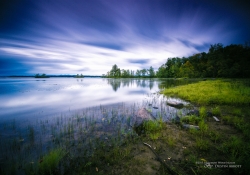
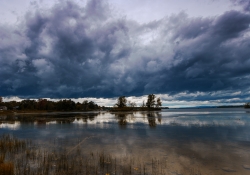
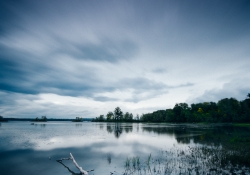
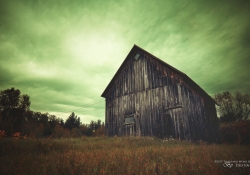
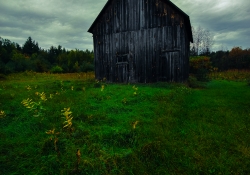
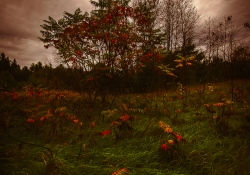
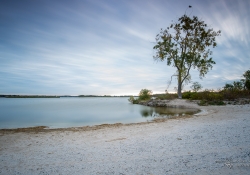
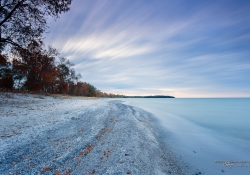
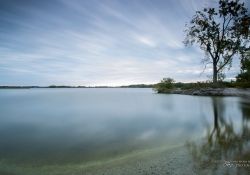

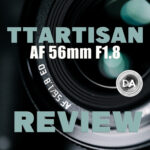 TTArtisan AF 56mm F1.8 X-mount Review
TTArtisan AF 56mm F1.8 X-mount Review 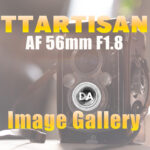 TTArtisan AF 56mm F1.8 Gallery
TTArtisan AF 56mm F1.8 Gallery  Canon EOS R8 Review
Canon EOS R8 Review 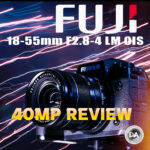 Fujinon XF 18-55mm F2.8-4 LM OIS 40MP 2024 Review
Fujinon XF 18-55mm F2.8-4 LM OIS 40MP 2024 Review 




